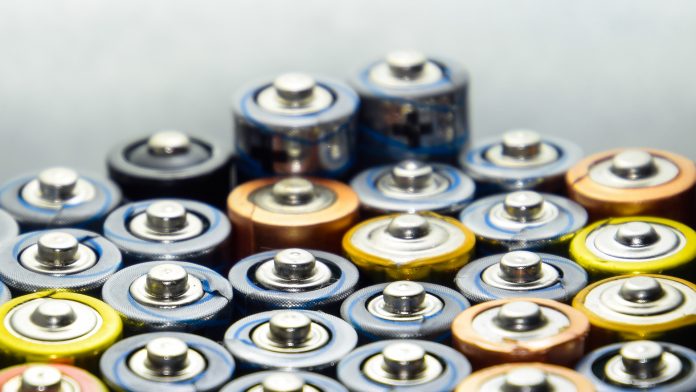Scientists could provide a new avenue for renewable energy, conversion, and storage due to a development in battery technology, using plastic waste.
A team of scientists from Purdue University, USA, have successfully created a technique that allows them to convert waste polyethylene terephthalate into components for batteries.
Polyethylene terephthalate is one of the most recycled materials belonging to the polyester family of polymers. Polyethylene terephthalate is a clear, strong, and lightweight plastic that is widely used for packaging foods.
Converting materials using ultrafast microwave irradiation
The research team converted polyethylene terephthalate into disodium terephthalate, using process of ultrafast microwave irradiation. This process allowed the researchers to sustainably create materials to be used as battery anode material.
“We use an ultrafast microwave irradiation process to turn PET, or polyethylene terephthalate, flakes into disodium terephthalate, and use that as battery anode materials.
“We are helping to address the growth in the proliferation of renewable energy conversion and storage, which stems from the societal attention and increasing awareness of climate change and energy resource limitation,” said Vilas Pol, a Purdue associate professor of chemical engineering who has worked with the Purdue Research Foundation Office of Technology Commercialization to develop several battery technologies.
Practical applications for two kinds of battery cell
The research team, from Purdue University, attempted the approach with both lithium-ion and sodium-ion battery cells.
Pol said that while lithium-ion technology is currently dominating both the portable electronics and electric vehicles market, sodium-ion battery research has gained significant attention due to its low cost and appealing electrochemical performance in grid applications.
Pol continued: “The applicability of the microwave technique on organic reactions has gained attention in recent times due to its advantage of the rapid reaction process.
“We have accomplished the complete conversion of PET to disodium terephthalate within 120 seconds, in a typical household microwave setup.”







